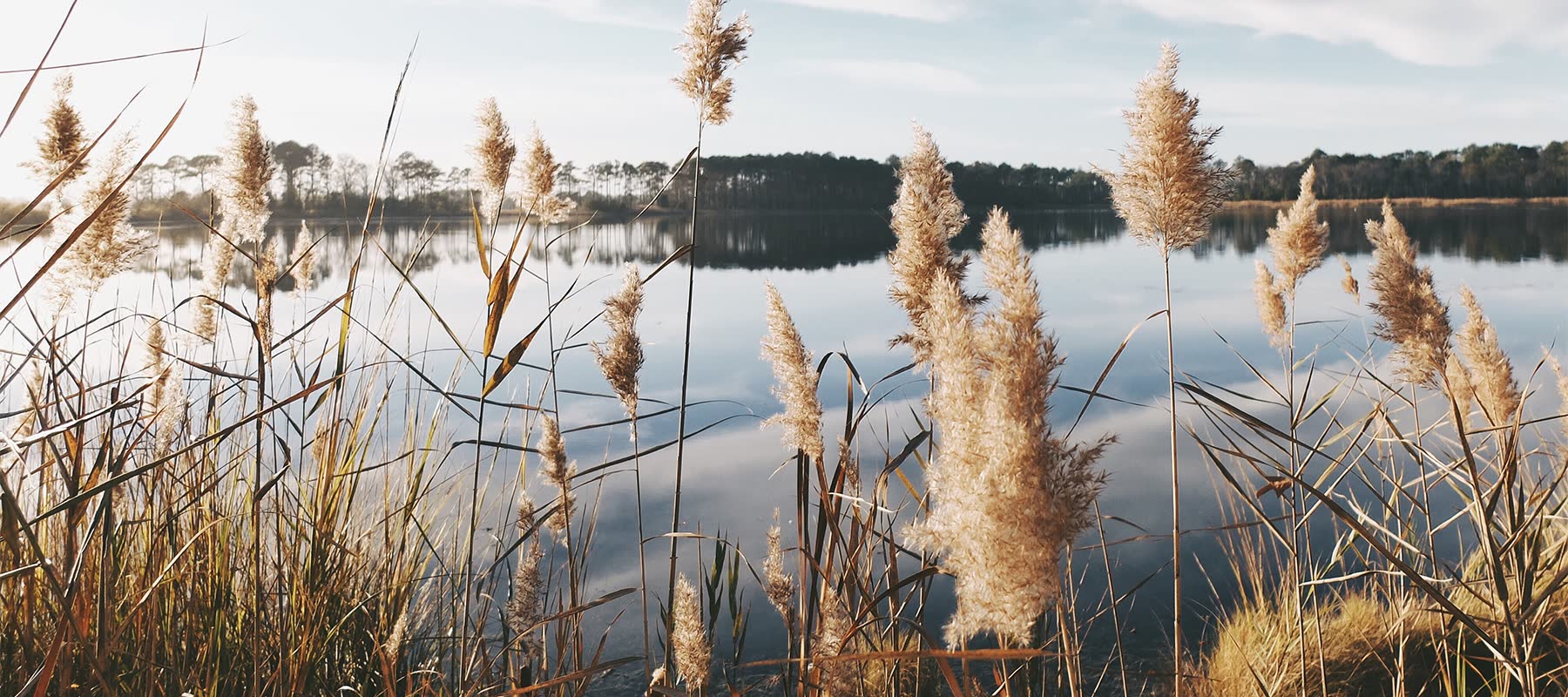Koshkar-Ata lake
Lake Koshkar-Ata, also known as Koshkar-Ata Lake or Koshkar-Ata Reservoir, is a significant body of water located in the Mangystau Region of Kazakhstan.
Here are some key details about Lake Koshkar-Ata:

Location: Lake Koshkar-Ata is situated in the Mangystau Region in western Kazakhstan. It is part of the Ustyurt Plateau, which is known for its unique geological formations and arid landscapes.
Artificial Reservoir: Lake Koshkar-Ata is an artificial reservoir created by the damming of the Koshkar-Ata River. The dam was constructed to store water for irrigation and agricultural purposes in the region.
Size: The lake covers a significant area, and its size can vary depending on water levels. It provides a valuable water resource for the local community and agriculture in the arid region.
Surrounding Landscape: The lake is surrounded by a semi-arid landscape typical of the Ustyurt Plateau. The area is characterized by rocky terrain, low vegetation, and a challenging desert environment.
Recreation: Lake Koshkar-Ata has also become a destination for outdoor enthusiasts and tourists interested in boating, fishing, and birdwatching. The lake and its surroundings offer opportunities for relaxation and exploration.
Wildlife: The lake and its wetland areas support some wildlife and bird species adapted to the desert environment. Birdwatchers may find various bird species in the region.
Environmental Conservation: Efforts are made to balance the use of the reservoir for agricultural purposes with the need to protect the fragile ecosystem and maintain sustainable water management practices.
Lake Koshkar-Ata plays a significant role in providing water resources for agriculture and offering recreational opportunities in the arid landscape of the Mangystau Region. It is a valuable resource for the local community and a destination for those interested in experiencing the unique environment of the Ustyurt Plateau.
RELATED TOURS
The Karagiye Depression, also known as the Karagiye Lowland or Karagiye Hollow, is a geological feature located in the western part of Kazakhstan. The Karagiye Depression is situated in western Kazakhstan, primarily in the Mangystau Region.
The Ustyurt Plateau, also known simply as "Ustyurt," is a large, elevated plateau or upland region located in Central Asia, primarily in Kazakhstan and Uzbekistan.
Lake Koshkar-Ata, also known as Koshkar-Ata Lake or Koshkar-Ata Reservoir, is a significant body of water located in the Mangystau Region of Kazakhstan. Lake Koshkar-Ata is situated in the Mangystau Region in western Kazakhstan.


